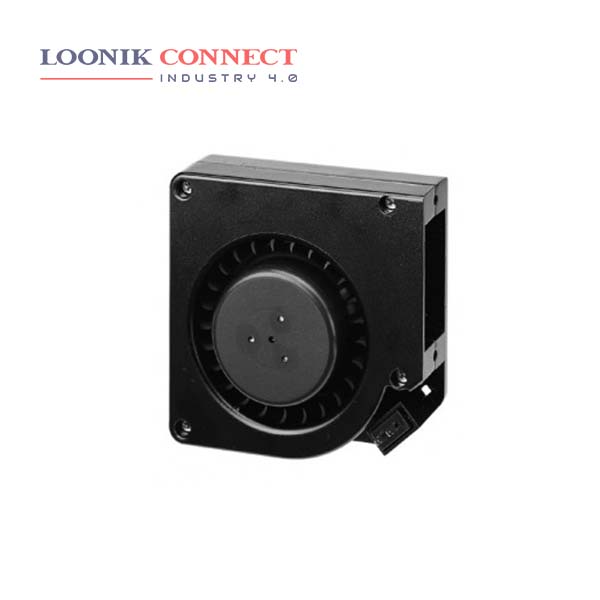AC blower motor to turn the fan, which causes air to move through the AC system. Among other things, this makes air move over the evaporator coils, a process which allows heat to be absorbed by the refrigerant and moved outside the house. The HVAC blower motor is the heating and cooling systems component that sends conditioned air from the furnace, heat pump, or air conditioner into the home. Once the system heats or cools the air, the blower motor forces it through the duct system and out the vents in rooms throughout the house.
Blowers increase the pressure of the absorbed gas by a series of vortex motions formed by the centrifugal movement of the impeller. When the impeller is rotating, the channels in the impeller push the air forward by the centrifugal movement and a helical movement occurs. For most furnaces, your blower motor will be located in the base of the unit next to the air filter. For most ACs and heat pumps, it will be located inside the air handler (i.e., the indoor unit).
These motors are usually one speed and come in horsepower ranges from 1/6 hp to 1/3 hp. They always have a capacitor, usually a dual capacitor if it’s an original motor and a single capacitor if it’s a replacement aftermarket motor.










